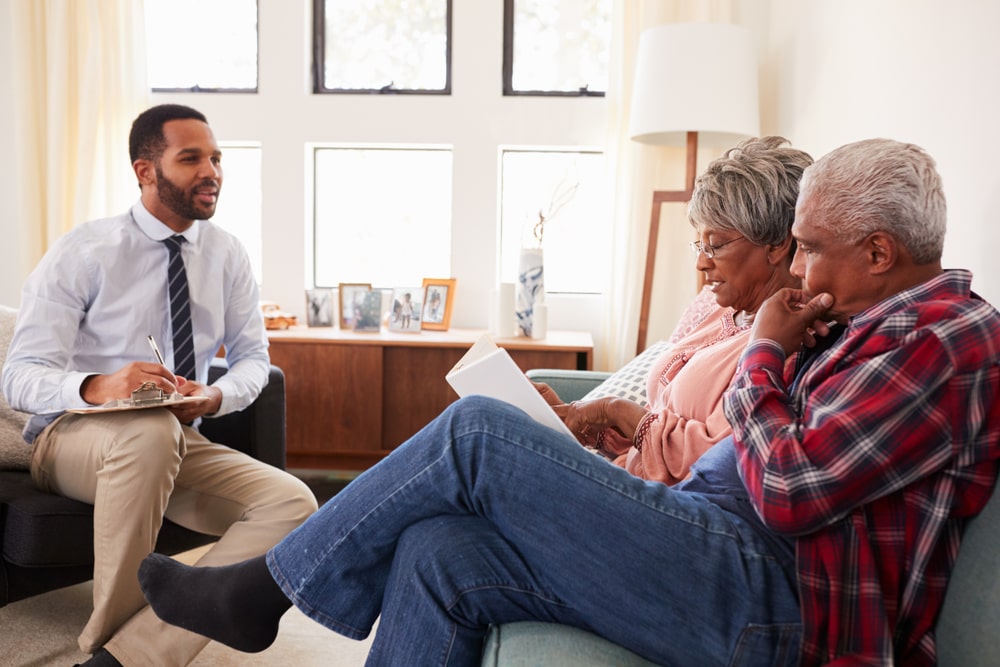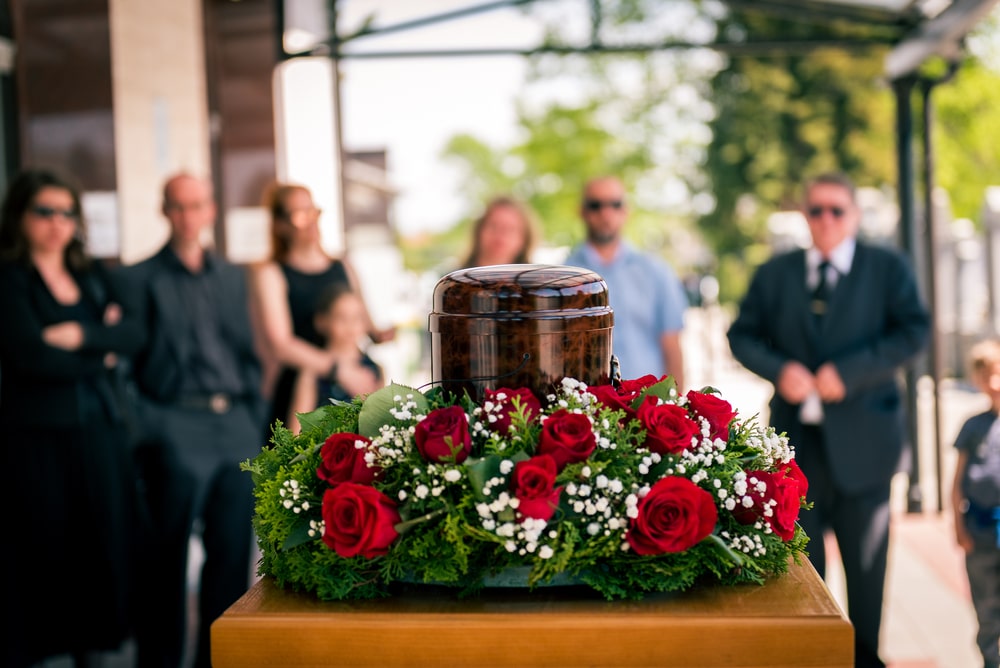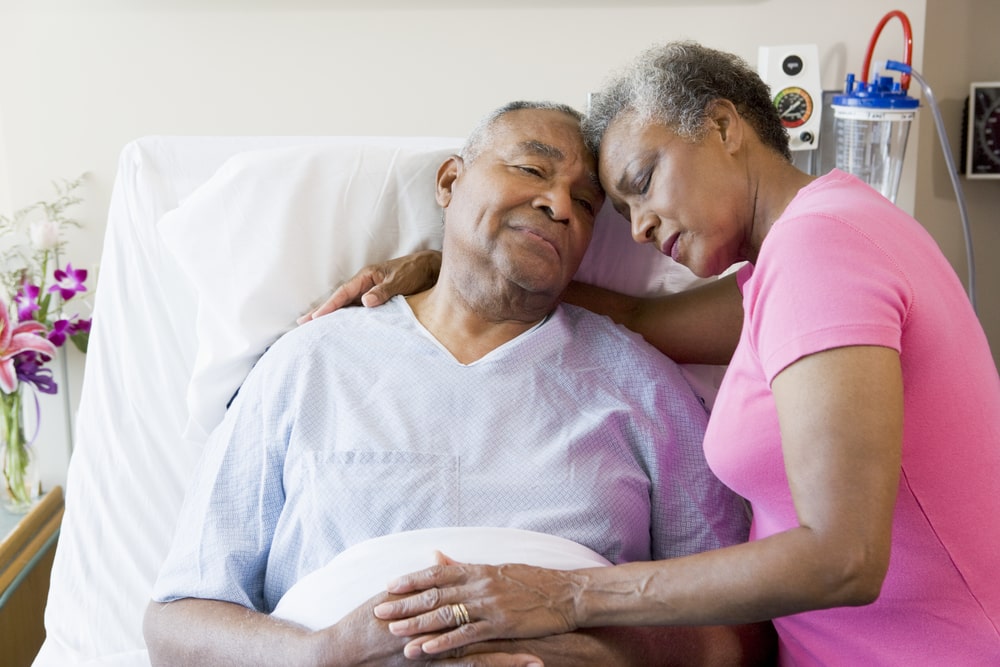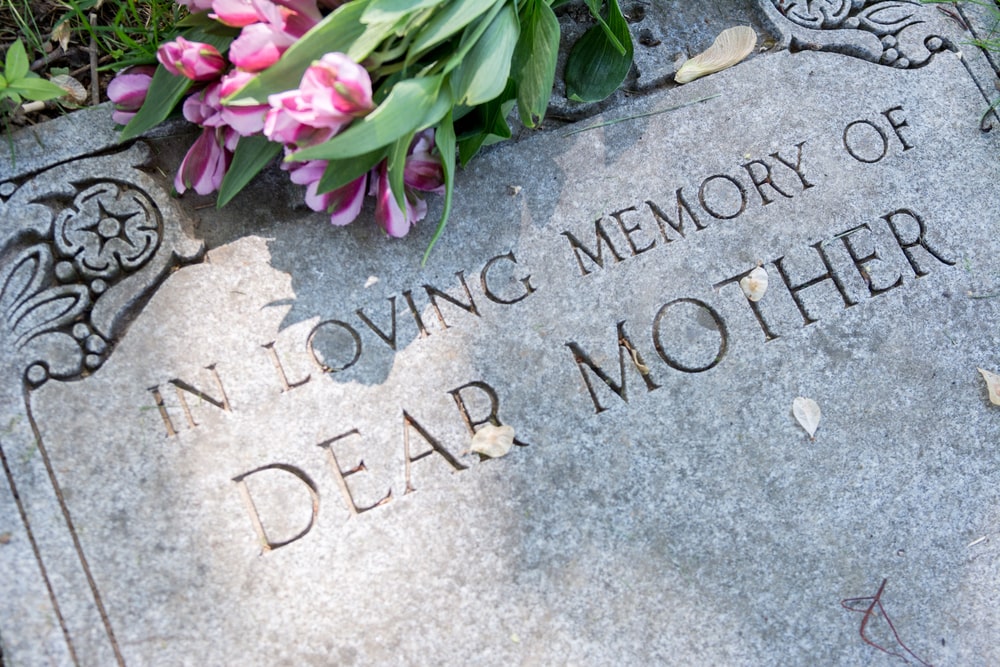
Caring for a terminally ill loved one is often equal parts rewarding and exhausting – physically, mentally, and emotionally. There are some amazing days where you make meaningful memories that will last a lifetime. Other days challenge you to the end of your endurance. To help caregivers stay balanced and prevent caregiver burnout, respite care is available to help.
What is Respite Care?
Respite care is short-term, in-patient care, designed to give family caregivers an occasional break to re-charge and rejuvenate. In many cases, Medicare benefits pay for patient transport and up to five (5) consecutive days of in-patient care at a Medicare-approved nursing home, hospital, or hospice facility. You can use respite care more than once, but only once during each benefit period. In case the term “benefit period” is unfamiliar, it refers to a 90-day period of care that your loved one can receive before they must re-certify that they are still eligible for hospice care.
Also, while many insurances (including Medicare) help cover this type of care, there may be a minimal cost to the family. Check with your insurance provider before entering into respite care.
Why Would I Request Respite Care?
Being a primary caregiver is an admirable undertaking. Caregiving takes strength, patience, and perseverance. It is not an easy task, and the demands on your time can pile up quickly.
With the challenges of caregiving, you might request respite care for many reasons, including:
Taking a Break
Caring for a dying loved one requires a lot of time, energy, and commitment. Over time, you may begin to experience “caregiver burnout” – physical and emotional exhaustion. With respite care, you can take a few days off to re-charge and care for yourself. This break provides an opportunity to rest and relax without worrying about the level of care your terminally ill loved one is receiving.
Focusing on Personal Health
Caregivers often neglect their own needs and are continuously giving their time, energy, and effort to caring for their dying loved one. Unfortunately, it’s not uncommon for family caregivers to experience depression, insomnia, changes in appetite, or become more susceptible to illness. Respite care gives you an opportunity to focus on your own health and wellness, so that you can come back with renewed energy.
Recovering from an Illness
Though this reason is similar to focusing on personal health, it’s more focused on sickness. If you catch a cold, the flu, or some other transmittable sickness, you definitely don’t want to pass that illness on to your terminally ill loved one. With respite care, you can take a few days to recover from your own sickness before returning to care for a loved one.
Attending Important Events
Life keeps moving forward, even when someone you love is dying. That means, there may still be weddings, graduations, or other events that you must attend. With respite care, caregivers can take a few days to attend these events without worrying about medical care.
Getting Increased Care for Your Loved One
Throughout the hospice journey, your loved one will experience ups and downs with their health. There will be times when their pain and symptom management is too much for you to handle on your own at home. During these times, you can request in-patient care where your loved one can receive the medical care they need for more severe symptoms.
Now that we’ve discussed a few reasons why you might request respite care, let’s talk about the benefits.
How Does the Caregiver Benefit from Respite Care?
For those who still aren’t sure about taking time away from a loved one, here are some of the biggest benefits caregivers see when they take advantage of respite care.
- Improved sleep
- Increased energy
- Improved outlook
- Reduced levels of stress and anxiety
Requesting respite care may feel like claiming a weakness or demonstrating that you don’t have what it takes to care for a loved one, but that couldn’t be further from the truth. The reality is – what you’re doing is hard and exhausting. Knowing your limits and taking time to care for yourself is a good thing. It will give you the energy you need to provide better quality care for your loved one and be at your best when they need you most.
How Does the Patient Benefit from Respite Care?
While respite care may seem like it mostly benefits the caregiver, there are also many benefits to the patient, including:
- Reduced guilt over their caregiver’s stress or anxiety; glad to give their caregiver a break
- Increased social interaction opportunities
- Improved relationship to caregiver; stress affects both the caregiver and the patient
It’s beautiful and good to receive care at home from a loved one, but at times, everyone needs a break. With respite care, both caregiver and patient can come back together more refreshed.
How Often Can I Request Respite Care?
With hospice care, there are benefit periods, and you can request this type of care once per benefit period. Under special circumstances, you might be able to receive additional respite care, but you will likely need supporting documentation to ensure the request is valid.
Every caregiver’s life comes with its challenges. If you just can’t provide the at-home care necessary for a dying loved one, consider looking into another living situation. Perhaps a different family member can step in to assist or you can look into care at a hospice facility or nursing home. To learn more about the options, go to “4 Places Where You Can Receive Hospice Care.”
But remember – to the hospice team, your loved one’s wishes always come first and supersede anything else. Be sure to discuss the options with your loved one before talking to the hospice team about any changes in location of care.
How Do I Request Respite Care?
If you’d like to request care, the best thing to do is talk to your hospice care team. They will help you prearrange dates for respite care and ensure that all the details are taken care of. If you aren’t sure when it would be a good time to be away, the hospice team can assess your loved one’s medical situation and give you guidance on timing.
Now that you understand the value of respite care – to both the caregiver and the patient – don’t be afraid to use this beneficial service for your well-being.


















































